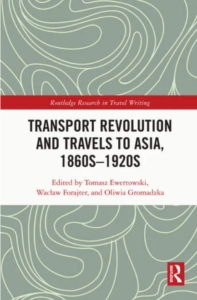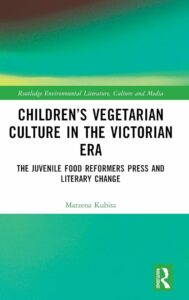During the “long” 19th century, a technological revolution occurred, leading to the emergence of new means of transport such as steamships, railways, cars, aeroplanes, bicycles, and rickshaws. This transport revolution not only fundamentally transformed modes of travel and made distant lands more accessible, but it also significantly impacted how travellers experienced the world. The authors of this volume aim to deepen the understanding of the influence of these new modes of transportation and their coexistence with older ones by incorporating a comprehensive range of sources written by both European and Asian travellers. The approach presented in this volume is inspired by the anthropology of the senses, the sociology of travel, and the cultural history of transport. These methodological frameworks are applied to accounts of travels to, from, and within Asia. This perspective enables a focus on various contexts not visible in Europe, including imperialism, Eurocentric approaches to modernisation, and the reactions of colonised peoples to these developments.

This book fills a unique gap in the research on the cultural history of vegetarianism and veganism, children’s literature and Victorian periodicals, and it is the first publication to systematically describe the phenomenon of Victorian children’s vegetarianism and its representations in literature and culture.
Situated in the broad socio-literary context spanning the late nineteenth century and early twentieth century, the book lays the groundwork for contemporary children’s vegan literature and argues that present ethical and environmental concerns can be traced back to the Victorian period. Following the current turn in contemporary research on children, their experience and their voices, the author examines children’s vegetarian culture through the prism of the periodicals aimed directly at them. It analyses how vegetarian principles were communicated to children and listens to the voices of children who were vegetarians, and who tested their newly formed identity in the pages of three magazines published between 1893 and 1914: The Daisy Basket, The Children’s Garden and The Children’s Realm.
This book will appeal to the growing body of researchers interested in the social, cultural and literary aspects of vegetarianism and veganism, human–animal relations, childhood studies, children’s literature, periodical studies and Victorian studies.






